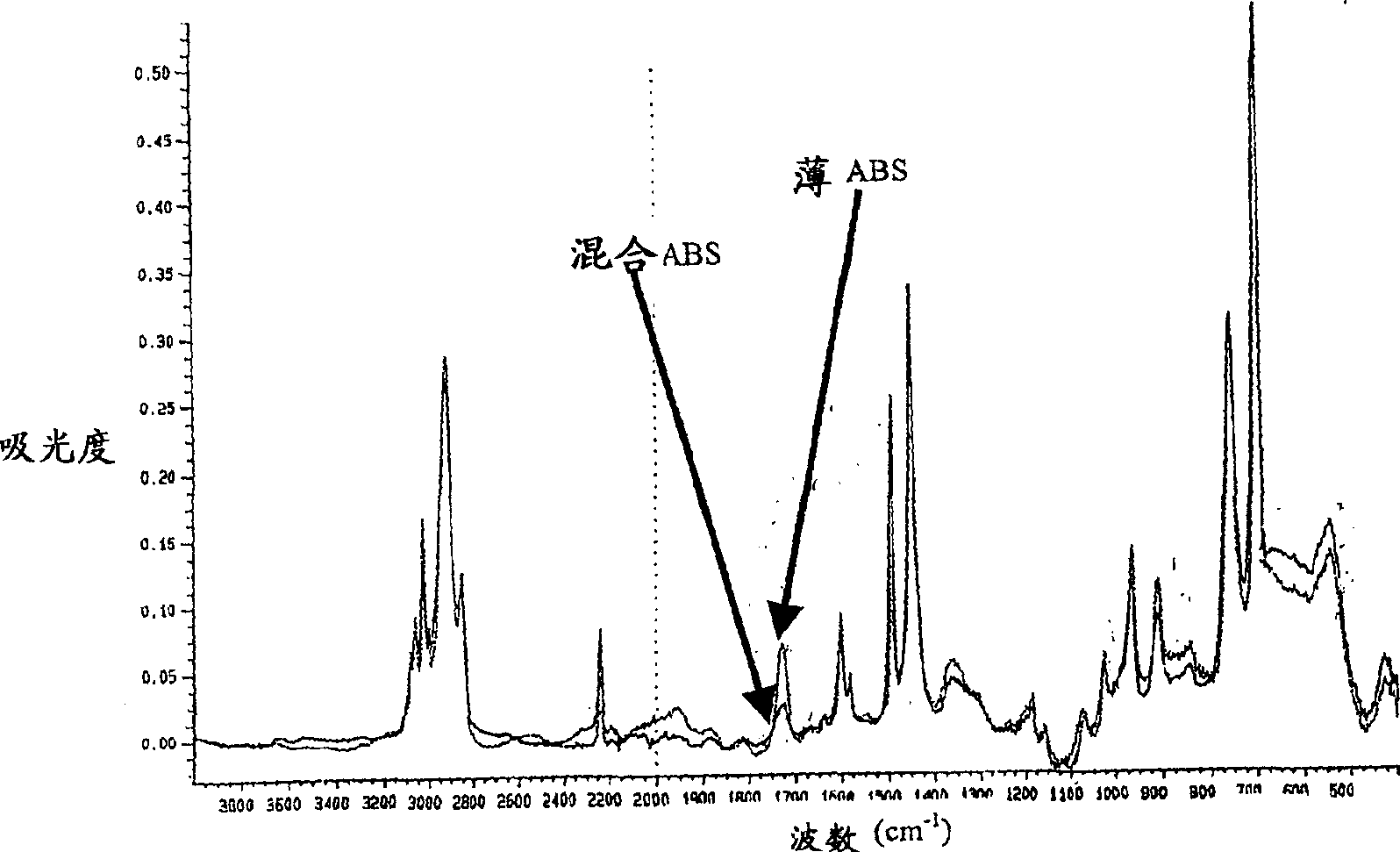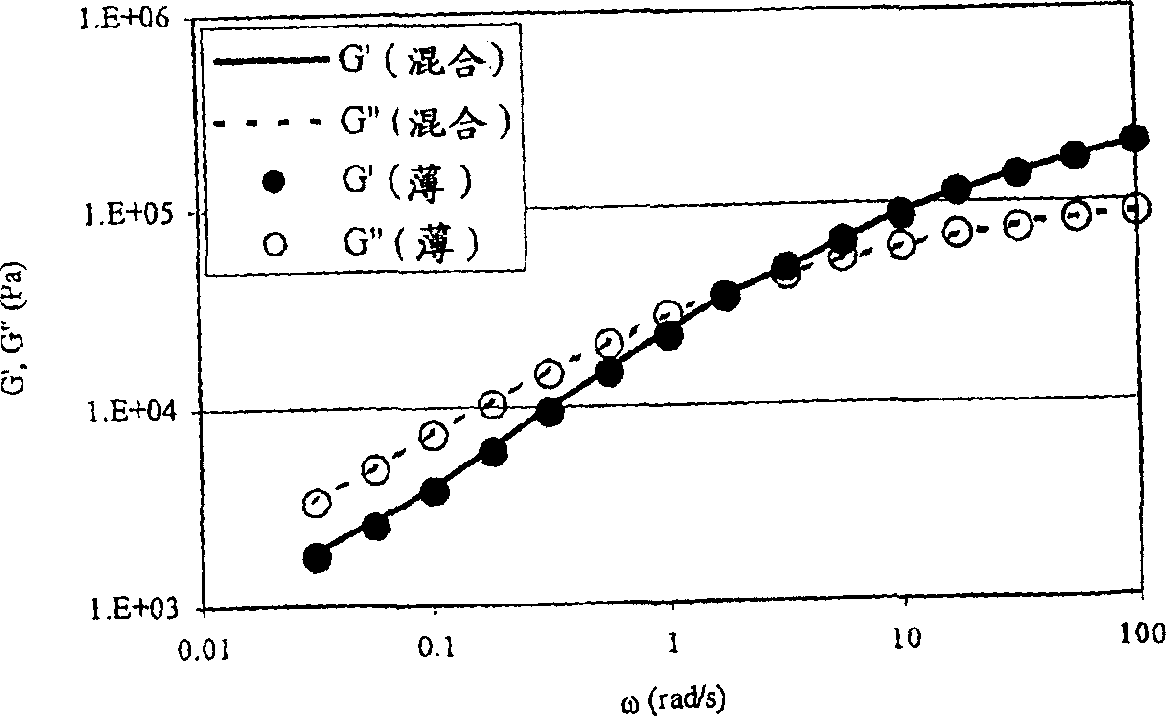Multistep separation of plastics
A technology for recycling plastics and plastics, which is applied in the fields of plastic recycling, mechanical material recycling, recycling technology, etc.
- Summary
- Abstract
- Description
- Claims
- Application Information
AI Technical Summary
Problems solved by technology
Method used
Image
Examples
Embodiment 40
[0143] Example 40 illustrates various antioxidants and UV stabilizers that may be present in waste plastics and ultimately present in recycled plastics. Example 39 illustrates how impact modifiers can be used to improve the toughness of PP materials. Example 41 describes the compounding of PP material with a reinforcing filler - glass fiber.
[0144] PC material
[0145] In another aspect, the present invention provides recycled plastic comprising primarily recycled PC material. PC, PC / ABS and flame retardant grades of these materials are some of the major components of durable goods logistics.
[0146] The PC material includes about 5 to about 9 parts by weight polycarbonate. The PC material also typically includes about 0 to about 94 parts by weight ABS. In addition, the PC material generally includes 0 to about 20 parts by weight of additives, such as antioxidants, heat stabilizers, UV stabilizers, flame retardants, antistatic agents, foaming agents, impact modifiers, c...
Embodiment 1
[0151] The performance of embodiment 1.ABS product
[0152] The refrigerator-derived plastic-rich feedstock was produced first by a US source. Freezer liners, plastic pans and other plastic parts are separated from the metal components and cut into small pieces. The small pieces or flakes are then subjected to a separation process. After the separation process, an almost 100% pure ABS product consisting of various grades of ABS flakes is obtained.
[0153] The blended ABS products were extruded, molded and tested. Light colored ABS products were formed from the blended ABS products with properties between extrusion and injection molding grade virgin ABS as described in Table 5.
[0154]
Embodiment 2
[0155] Example 2. FT-IR Spectroscopy, Dynamic Rheology and Atomic Force Microscopy of ABS
[0156] The nearly pure mixed ABS stream from US refrigerators described in Example 1 was separated into thin (2.8 mm) fractions using a slot thickness separator. Hybrid ABS and thin ABS investigated by Fourier transform infrared (FT-IR) spectroscopy and dynamic melt rheology. Examination of "Hybrid ABS" by Atomic Force Microscopy.
[0157] To measure the FT-IR spectra of the samples, part of the injection molded samples were pressed into thin films at 180°C. Then the small piece of film is pressed in a diamond anvil optical cell to a comparable film thickness and the FT-IR spectral absorptivity is less than 1.0 through the transmission test. figure 1 FT-IR transmission spectra obtained for hybrid ABS are shown. The sample contained acrylonitrile / butadiene / styrene polymer (ABS), metal oxide (most likely titanium dioxide), carbon black (as evidenced by the sloping baseline), and a smal...
PUM
| Property | Measurement | Unit |
|---|---|---|
| Density | aaaaa | aaaaa |
| Thickness | aaaaa | aaaaa |
| The melt flow rate | aaaaa | aaaaa |
Abstract
Description
Claims
Application Information
 Login to View More
Login to View More - R&D
- Intellectual Property
- Life Sciences
- Materials
- Tech Scout
- Unparalleled Data Quality
- Higher Quality Content
- 60% Fewer Hallucinations
Browse by: Latest US Patents, China's latest patents, Technical Efficacy Thesaurus, Application Domain, Technology Topic, Popular Technical Reports.
© 2025 PatSnap. All rights reserved.Legal|Privacy policy|Modern Slavery Act Transparency Statement|Sitemap|About US| Contact US: help@patsnap.com



